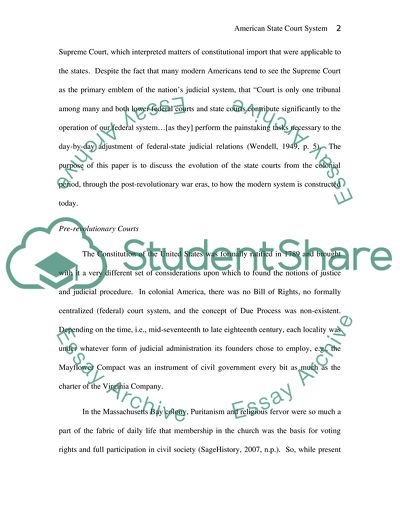Cite this document
(The American State Court System: History and Organization Assignment, n.d.)
The American State Court System: History and Organization Assignment. https://studentshare.org/history/1726087-history-of-state-courts
The American State Court System: History and Organization Assignment. https://studentshare.org/history/1726087-history-of-state-courts
(The American State Court System: History and Organization Assignment)
The American State Court System: History and Organization Assignment. https://studentshare.org/history/1726087-history-of-state-courts.
The American State Court System: History and Organization Assignment. https://studentshare.org/history/1726087-history-of-state-courts.
“The American State Court System: History and Organization Assignment”. https://studentshare.org/history/1726087-history-of-state-courts.


